5 Sapa Fruit Offers Remarkable Taste and Nutrition
Sapa is a cool and beautiful town located in northern Vietnam. It has many tasty Sapa fruit that grow on the hills and in the valleys. In the summer, you can see fresh peaches, plums, and pears in small markets. People here pick them by hand and sell them with a smile. The fruits are sweet, juicy, and full of fresh air from the mountains. If you visit Sapa, let’s walk around and try these local fruits. They are simple but very special.
5 Sapa Fruit With Beauty And Tasty Charm
Sapa is home to many fresh and colorful fruits. These 5 Sapa fruit not only look beautiful but also taste wonderfully sweet and unique.
1. Sapa Plums – Juicy Red Treats of Summer
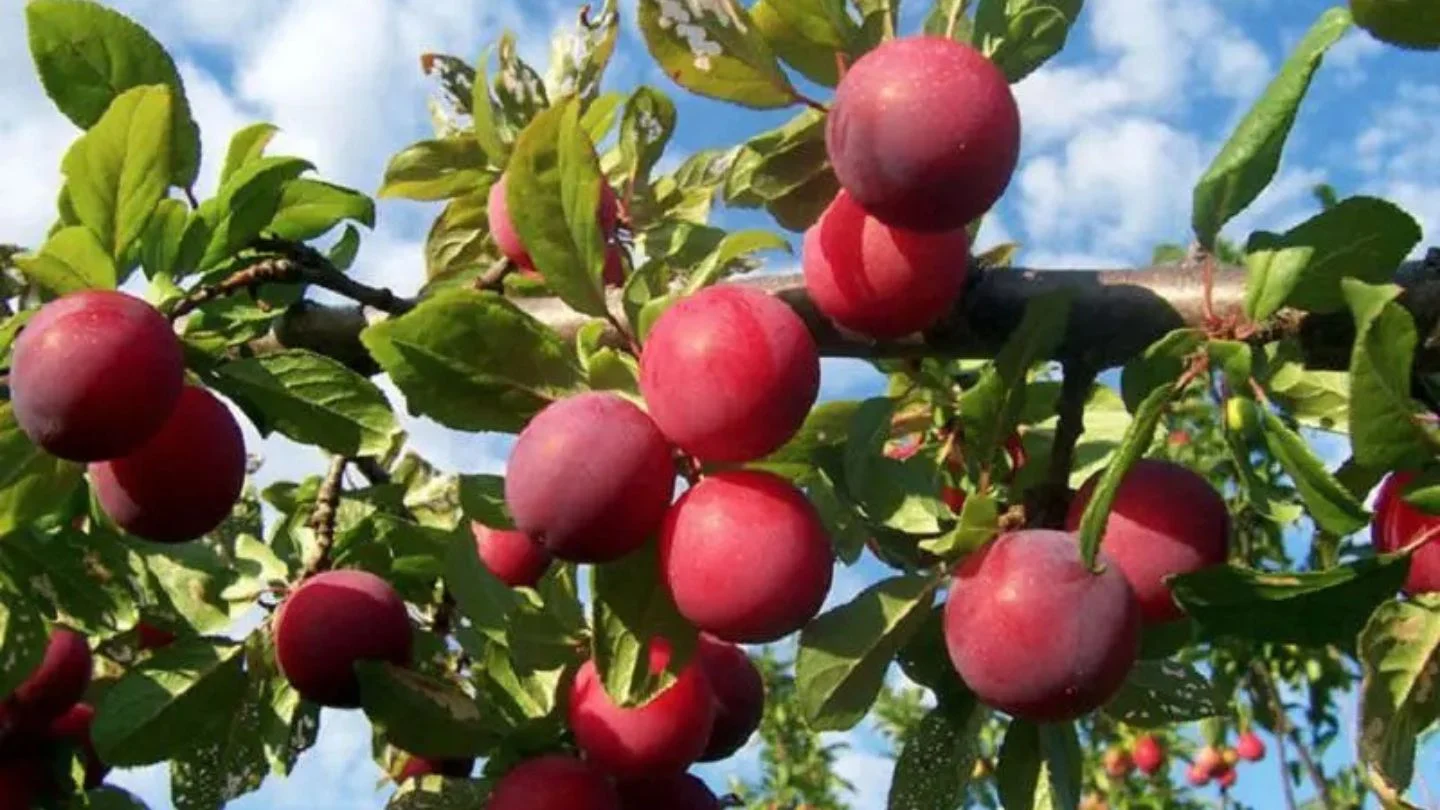
Summer in Sapa is the season when plum gardens turn bright and full of life. The Sapa plum is small, round, and red like a little jewel, with juicy flesh that bursts with sweetness and a gentle fragrance. Walking through the gardens, you can see the trees heavy with fruit, making the view even more charming. These plums are grown in cool mountain orchards, like the Sapa Temperate Tree Research and Development Center or along Dien Bien Phu Street on the way to O Quy Ho Pass, where you can even pick and taste them right on the spot.
2. Sapa Peaches – Fuzzy, Sweet, and Fragrant
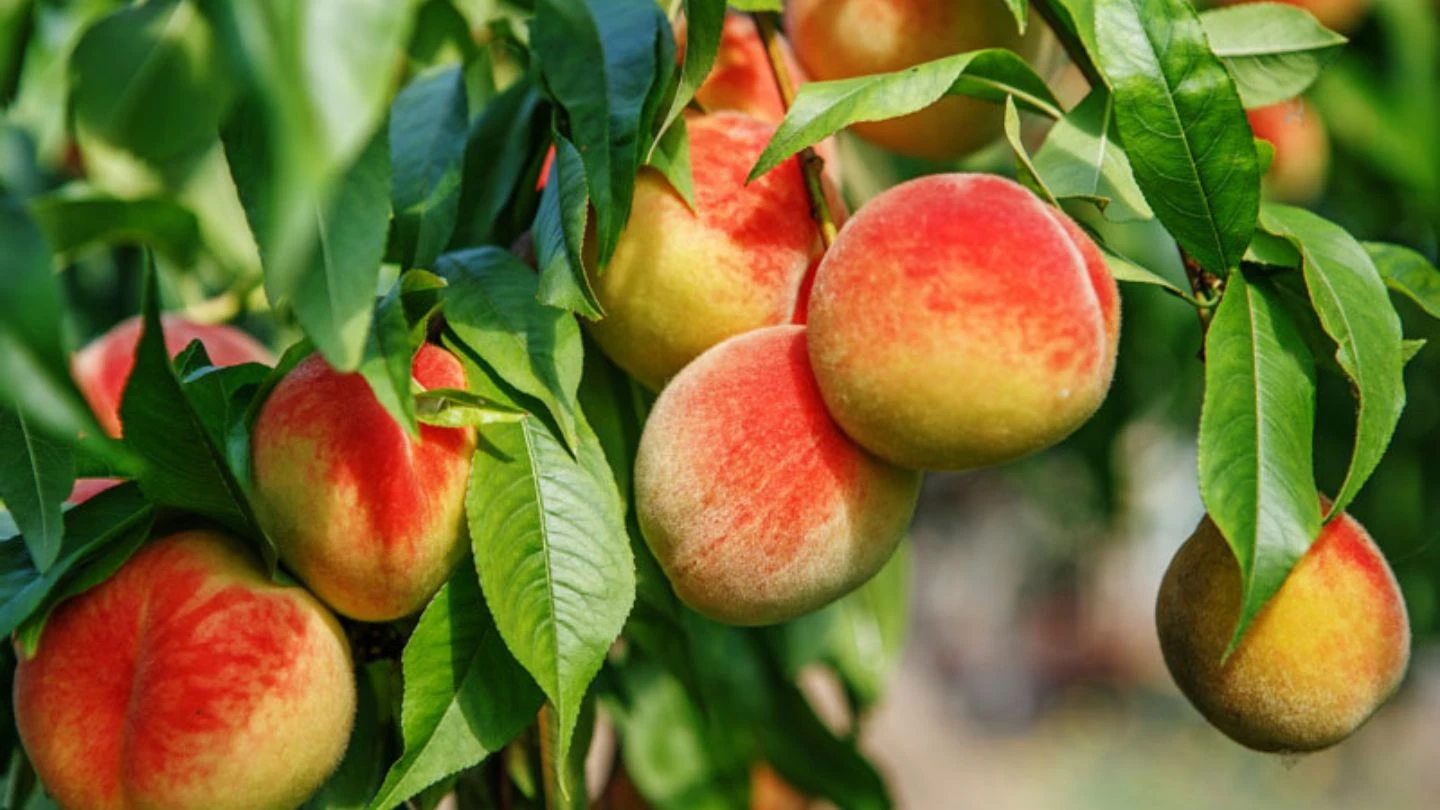
In summer, Sapa peaches grow on the cool hills around the town, creating a fresh and peaceful scene. The fruit is small, with a thin layer of soft fuzz on its skin, and a gentle pink or light red color that makes it easy to spot. When you take the first bite, it is crisp, mildly sweet, and slightly tart, with a light fragrance that keeps you wanting more. The harvest season usually lasts from mid-May to mid-June, and you can find many gardens in Ta Phin Village or along the road from Trung Chai to the town center.
If you join a picking trip, you only pay for what you pick – usually about 50,000–60,000 VND per kilo. In local markets, the price often ranges from 20,000–50,000 VND per kilo, depending on the garden and the season.
3. Sapa Pears – Crisp Bites from the Highlands
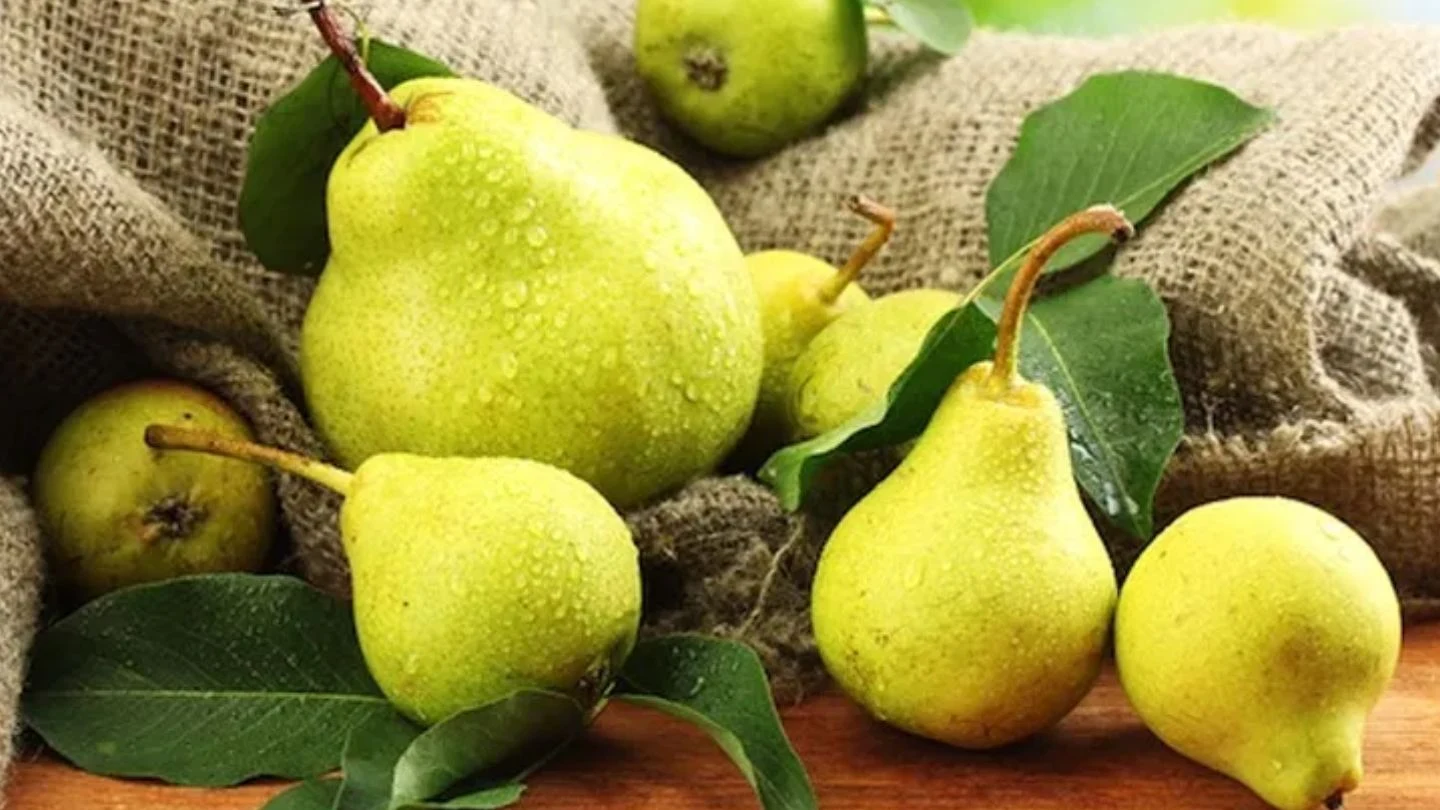
Sapa pears aren’t the big, shiny kind you see in supermarkets – they’re small, round, with a warm brown skin and a gentle, natural look. Bite into one and you’ll feel the crisp flesh release a rush of sweet, cool juice, perfect for the mountain’s warm days. These pears love the fresh air and mist of the highlands, and you’ll find them in gardens along O Quy Ho Pass, in the research orchards near town, or in tiny villages like Ta Van Giay 2.
If you wander into Ta Phin Village in late May or June, you might see locals picking them under the sun. If you ask politely, you can join in, fill your basket, and pay only for what you pick – around 50,000 to 60,000 VND a kilo. There’s something special about tasting fruit right where it grows, with the mountains around you and the air full of fresh, sweet scents.
4. Thanh Mai – Wild Apricots with a Tangy Twist
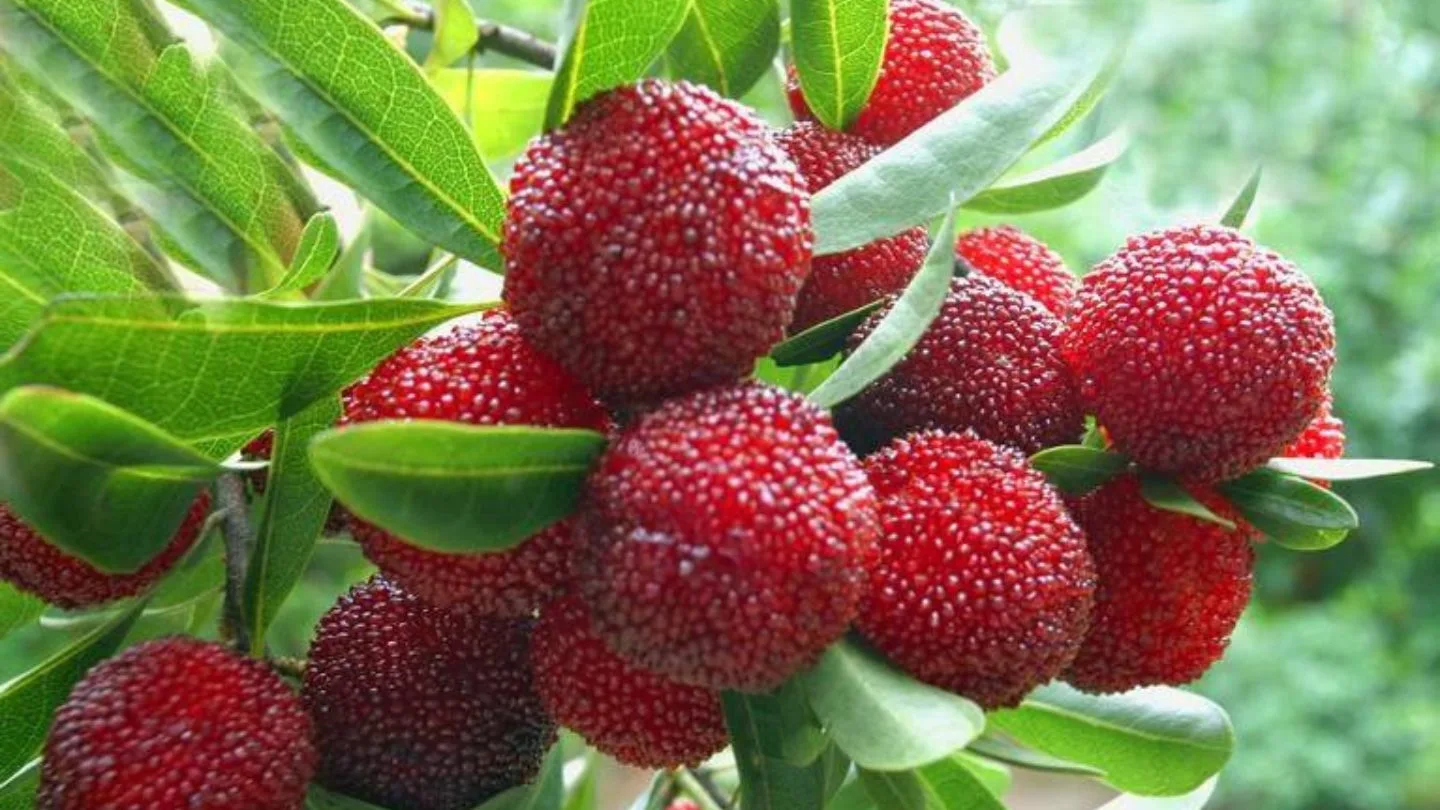
In Sapa, there’s a special mountain fruit called Thanh Mai that many people in the lowlands have never seen. It grows naturally in the forests, so the amount picked each year is small and completely free from preservatives.
The fruit has smooth purple-red skin, and inside is soft with a mild sour taste that feels refreshing on warm days. Locals usually harvest it from March to May, carrying baskets down from the hills. You can eat it fresh, or soak it with honey to make a sweet, fragrant syrup that’s good for the throat and skin.
Because it’s wild and seasonal, Thanh Mai is usually sold right in Sapa’s markets during harvest time, often at a higher price than common fruits – but its unique flavor makes it worth every bite.
5. Sapa Grapes – Tiny Berries, Big Sweetness
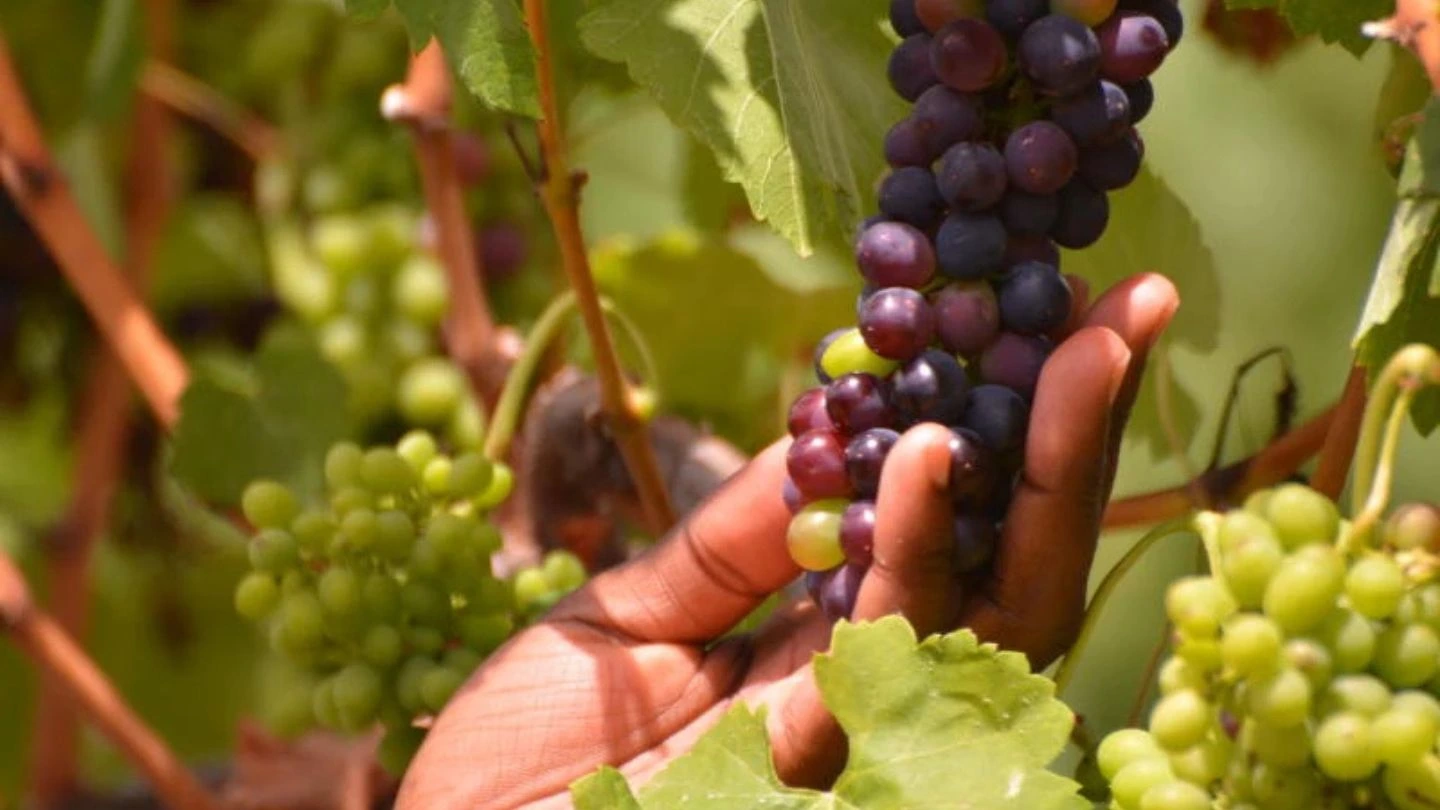
In Sapa, grapes are a little different from what you might expect — they are small like “cat apples” but their juice is so sweet it surprises you. The skin is thin, and when you bite into them, the flesh bursts with natural sweetness. These grapes grow well in Sapa’s cool mountain air, where the climate helps keep their flavor pure and rich.
Locals often press them into homemade wine that’s very popular at family gatherings, and one sip lets guests taste the mountains in every drop. The price can vary by season and grower, and I’ll search further if you’d like the exact price per kilo next.
How To Get To Sapa From Hanoi?
Getting to Sapa from Hanoi is simple, with a few travel options to suit your needs.
The fastest and most common way is by bus or limousine, which takes about 5–6 hours. Limousines are more comfortable, with spacious seats and fewer passengers, while regular buses are cheaper.
Another option is to take the train from Hanoi to Lao Cai, which takes around 8 hours. From Lao Cai, you can take a bus or taxi to Sapa in about 1 more hour. The train is slower but safer and more relaxing, especially if you choose an overnight trip.
For more privacy and flexibility, you can hire a private car, which is ideal for families or groups and allows you to stop for photos along the way.
Whichever option you choose, the journey offers beautiful mountain scenery, making the trip to Sapa an enjoyable part of your adventure.
Conclusion
Sapa fruit is like a small gift from the mountains. Each peach, plum, or pear has its own unique sweet smell and taste that lingers in your memory for a long time. Many visitors come to Sapa and fall in love with these simple but special fruits. If you want to know more about how they grow, how they taste, and where to find the best ones, keep reading. There is so much waiting for you to explore in every bite of Sapa fruit.




















